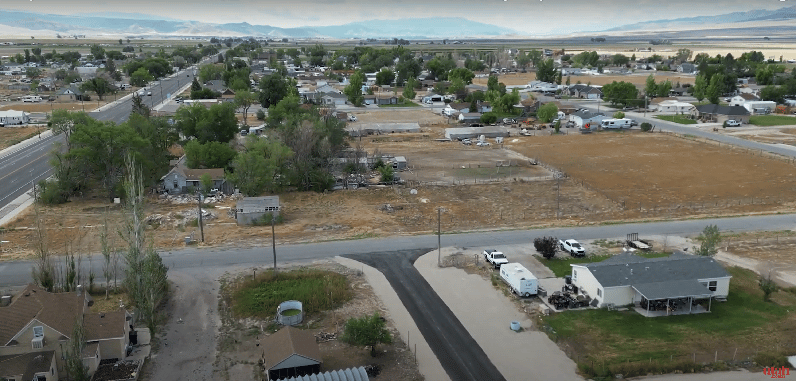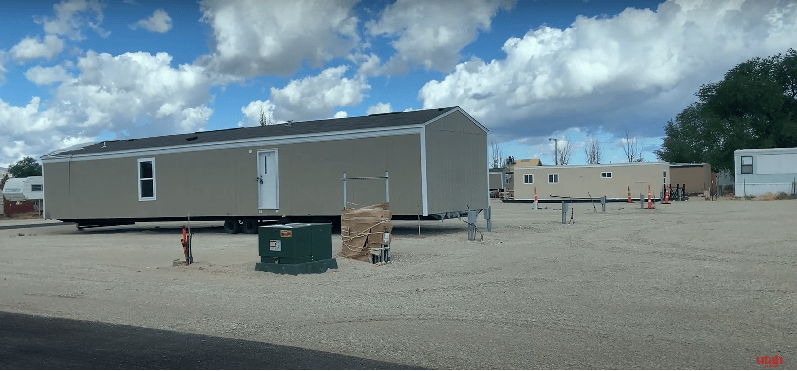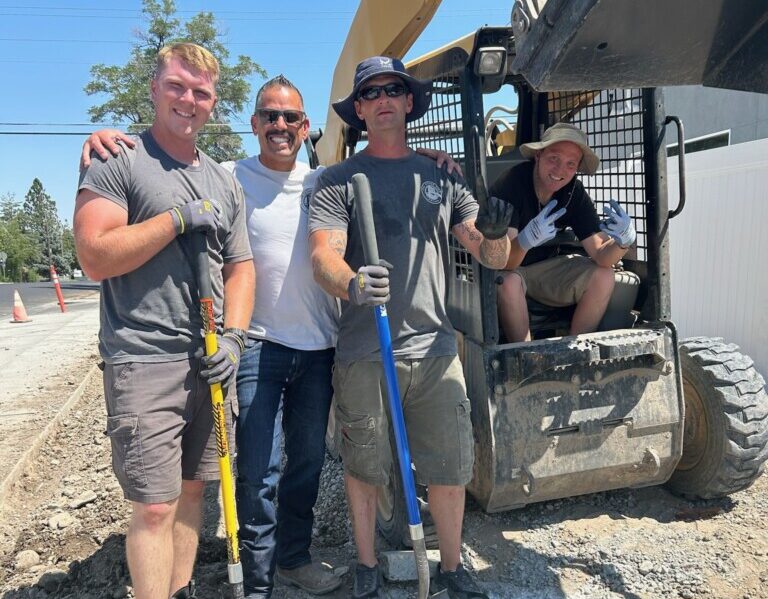
Gunnison, Utah is home to a bustling sprawling Utah State correctional facility. In 2017 the prison expanded to add more jobs and more inmates. The area is also home to a log-cabin builder, and thousands of acres of farmland. The city is expected to dramatically grow in the next decade. But there is just one problem: A shortage of affordable housing.
In our previous story, in neighboring Centerfield, Utah, we reported how developer Logan Moffett was attempting to provide much-needed affordable housing to the community by expanding a manufactured-home community. But in July the city imposed a moratorium on his project. “I have buyers lined up, even under contract, who have already sold their homes,” Moffett told Utah Stories. Moffett believes that nearby homes with massive lawns had no issue receiving permits and he believes this is a classic case of NIMBYISM (Not In my backyard) residents who don’t want to see lower-income housing near their valuable properties.
Utah Stories reached out to the current Mayor Travis Leatherwood who became the new Mayor in January 2022. He says that the city has legitimate concerns about water shortage.“If we went ahead with all of the projects, there was a good chance we would run dangerously low on water,” said Leatherwood. He added that this could make it impossible for the city to fight fires for lack of both pressure and water capacity.
The busy Mayor didn’t have much time for follow-up questions so we reached out to the previous Centerfield Mayor Tom Sorrenson. “During my time there we did once reach the ten-foot level on our [water] tanks. When that happened we needed to restrict residents’ usage of culinary water for their lawns and gardens.” Sorrenson said this occurred in August and September of 2021. “We started working on purchasing more water rights and talking to engineers when this happened. And I know they have secured those water rights. They were bought from Russell Yardsley.”
Sorrenson says that even with the water rights purchased there is another problem: the capacity of the lines, which currently run nine miles from the town’s spring. “[The water lines] only have a 10-12” inch diameter. When we need to turn on the pump for irrigation, sometimes we can’t pump the water fast enough to keep the tanks full.”
Sorrenson says that either the city needs to run parallel water lines to the current ones or they need to dig out a new surface-water well closer to town. Either way, the engineering problem needs to be solved in order to allow for additional hook-ups.
We asked Sorrenson if he believed that there was possibly NIMBYISM involved in the decision to place the moratorium. He replied that the low-income status of the housing had nothing to do with the moratorium.
“A water connection is income. I would disagree with the idea that they prioritize. We approved it because we wanted to provide it to the current citizens of Centerfield. It would make more sense financially to set up ten water meters on ten modular homes than on one $400,000 [home] because it would mean more income for the City.” said Sorrenson.
Centerfield’s current Mayor Travis Leatherwood, says that affordable housing is a high priority. He wants to see all of the current housing projects completed but they first need to solve the engineering problems and ensure that existing residents’ needs are being met.
Leatherwood says currently the town has no measures in place to practice water conservation. But he agrees that a significant difference could be made if they began working towards rewarding residents for practicing xeriscaping or using less culinary water for irrigation.
This moratorium has placed developer Logan Moffitt, in a difficult position. With buyers lined up who want to purchase the housing, he needs to wait and pay financing fees while the city works out engineering details. “The water is right under our feet. We just need the go-ahead from the City and we could tap into it.” Moffitt says he might need to seek legal action against the City, which he says would be very unfortunate because it would only increase the costs of the housing units.
Mayor Sorrenson said that the moratorium impacted at least three other housing developments as well. “There are several subdivisions where people want to build anywhere from 6-20 homes and they are held up too.”
Senator Mike Lee is sponsoring a bill called the HOUSES Act that would attempt to alleviate the affordable housing crisis by freeing up BLM Lands inside of Utah for private development. The Bureau of Land Management is not on board with the proposal.
WATCH THE VIDEO
RELATED CONTENT
Why Utah’s Developers/Politicians Do Not Want Tiny Homes
Moab’s Identity Crisis: Will Moab Become a Town for Tourists, Locals, or NIMBYS?
Moab Housing: Luxury in Abundance but Scarcity of Affordable Housing
SUPPORT LOCAL JOURNALISM AND SUBSCRIBE TO PRINT MAGAZINE
Subscribe to Utah Stories weekly newsletter and get our stories directly to your inbox






